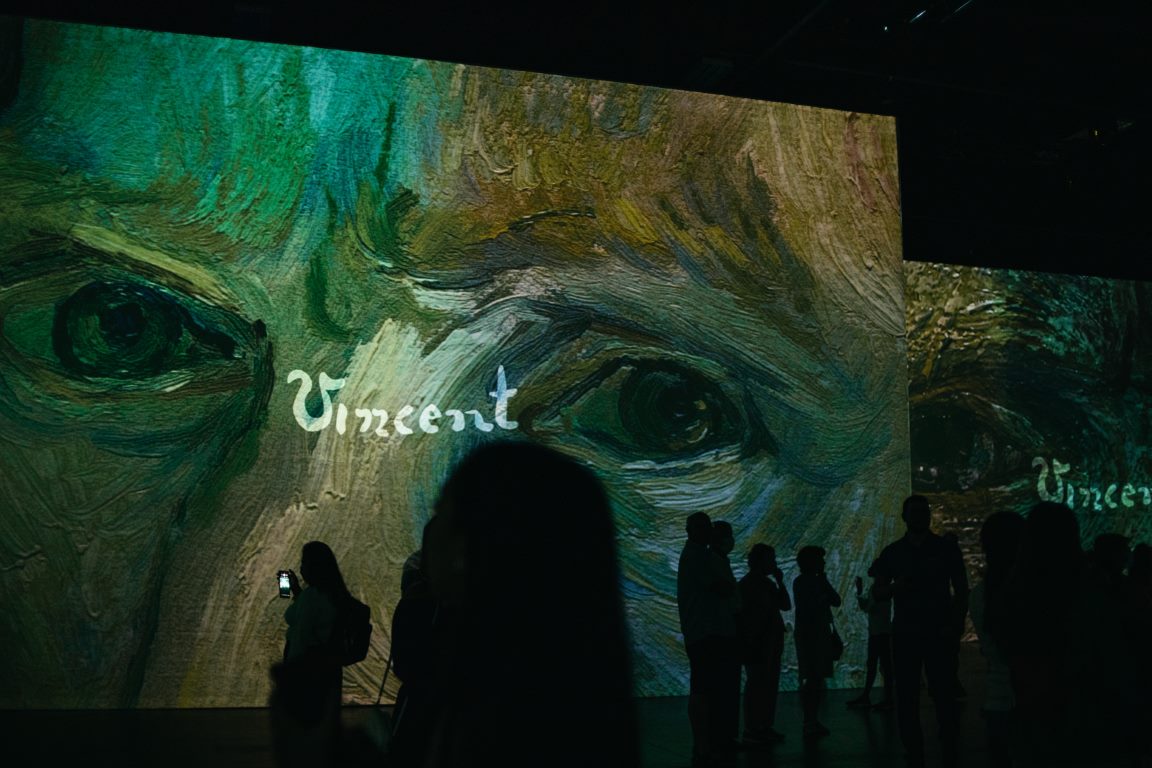How to Plan Your Samarkand City History Architecture and Culture Tour
Do you love history, architecture, and culture? If so, the Samarkand City History Architecture and Culture Tour is perfect for you! This private tour covers several top Silk Road-era sights and provides crucial context on the history of the Silk Road and Timurid Dynasty. Follow these steps to plan your perfect tour:Step 1: Book Your Tour
Book your Samarkand City History Architecture and Culture Tour through Viator.com. This tour is offered by a third-party company, and Viator is a reliable source for booking tours in Uzbekistan. The link to the tour can be found here: book the tour here.Step 2: Review the Tour Overview
The Samarkand City History Architecture and Culture Tour is ideal for first-time visitors to Samarkand. It covers top Silk Road-era sights, including the Registan, Ulugh Beg Observatory, Shah-i-Zinda mausoleums, and Bibi Khanym Mosque. The tour is designed to help you learn the stories behind the city’s most iconic architectural masterpieces and get crucial context on the history of the Silk Road and Timurid Dynasty. The tour includes air-conditioned vehicle transfers between locations, lunch, and gratuities.Step 3: Decide Whether to Request Pickup
You can either head directly to the meeting point or request pickup. The meeting point is Amir Temur Mausoleum Gur-i Amir Complex, located at 1/4 Universitetskiy Boulevard, in front of Gur-Emir mausoleum. If you prefer pickup, you can select a pickup point when you book the tour.Step 4: Plan Your Itinerary
The Samarkand City History Architecture and Culture Tour starts at 9:00 AM and ends at the Bibi Khanym Mosque. Here is a breakdown of the locations you will visit on this tour:Registan
The Registan is a public square in the center of Samarkand. It was the heart of the Timurid dynasty and the site of many public events, including executions, public lectures, and trade fairs. The square is surrounded by three madrassas (Islamic schools) that showcase the finest examples of Islamic architecture. They are the Ulugbek Madrassa, the Sher-Dor Madrassa, and the Tilya-Kori Madrassa.Ulugh Beg Observatory
The Ulugh Beg Observatory is an astronomical observatory built in the 1420s. It was one of the finest observatories in the Islamic world at the time and was used to create the most accurate star catalog until the European Renaissance. The observatory is now a museum and features exhibits on astronomy and Islamic science.Shah-i-Zinda
Shah-i-Zinda is a necropolis (cemetery) that contains many mausoleums dating back to the 11th century. The mausoleums are a mix of architectural styles, including classical Islamic style and Timurid-style. They contain the tombs of several prominent figures, including Kusam-ibn-Abbas, a cousin of the Prophet Muhammad.Bibi Khanym Mosque
The Bibi Khanym Mosque was built in the 15th century by Timur, the founder of the Timurid dynasty. It is one of the largest mosques in the Islamic world and features a grand prayer hall and a huge courtyard. The mosque was under restoration for many years, but it has recently been reopened to the public.Step 5: Prepare for Your Tour
Here are a few things to keep in mind as you prepare for your Samarkand City History Architecture and Culture Tour: – Wear comfortable clothing and shoes. You will be walking a lot, so comfortable shoes are a must. – Bring sunscreen and a hat. Samarkand can get hot, especially in the summer. – Bring a camera. You will want to capture the breathtaking architecture and historic landmarks that you will see on this tour.Book Your Tour Now
The Samarkand City History Architecture and Culture Tour is an excellent way to explore the rich history and architecture of Samarkand. This private tour covers the top Silk Road-era sights and provides crucial context on the history of the Silk Road and Timurid Dynasty. Follow these steps to plan your perfect tour and get ready to be amazed by the stunning architecture and historic landmarks of Samarkand!
FAQ about Samarkand
Samarkand is one of the oldest inhabited cities in Central Asia, with a history spanning over 2,500 years. It is known for its beautiful architecture and cultural significance, making it a popular tourist destination. Here are some frequently asked questions about Samarkand:1. What is Samarkand known for?
Samarkand is known for its beautiful architecture, including the Registan, which is a complex of three madrasas, and the Gur-e-Amir mausoleum, which houses the tombs of Timur and his descendants. The city is also known for its silk and cotton textiles, ceramics, and metalwork.2. What is the best time to visit Samarkand?
The best time to visit Samarkand is in spring (April-May) or autumn (September-October), when the weather is mild and pleasant. However, the city can be visited year-round, but summers can be extremely hot with temperatures rising up to 40°C (104°F) and above.3. What is the cost of living in Samarkand?
Samarkand is relatively inexpensive compared to other tourist destinations. A meal at a local restaurant can cost around 30,000 – 50,000 UZS (3 – 5 USD). Accommodation can cost anywhere from 30 USD in a budget hotel to 100 USD in a luxury hotel.4. What are the top tourist attractions in Samarkand?
There are many tourist attractions in Samarkand, but the most popular ones include the Registan, Gur-e-Amir mausoleum, Bibi-Khanym Mosque, Shah-i-Zinda complex, Ulugbek Observatory, and Afrasiyab Museum. These sites showcase the city’s rich cultural heritage and offer an insight into its history.5. How do I get to Samarkand?
Samarkand is well-connected by air, train, and road. The city’s airport, Samarkand International Airport, is located about 8 km from the city center and serves domestic and international flights. The main train station, Samarkand Railway Station, is located in the center of the city and has train connections to many cities in Uzbekistan and neighboring countries. Buses and shared taxis also connect Samarkand to other cities in Uzbekistan.6. What is the local cuisine in Samarkand?
Samarkand’s cuisine is a mix of Uzbek, Persian, and Russian influences. Some popular dishes include plov (rice pilaf with meat and vegetables), laghman (noodle soup), samsa (pastry filled with meat and onions), and shashlik (grilled meat skewers). You can find many restaurants and cafes serving these dishes in the city.7. What are the customs and traditions in Samarkand?
Samarkand is a predominantly Muslim city and customs and traditions are deeply rooted in Islamic culture. Visitors to the city are expected to dress modestly and respect local customs. Friday is the Islamic day of prayer and many businesses and attractions may be closed or have reduced hours.8. Is Samarkand safe for tourists?
Samarkand is generally safe for tourists, with low levels of crime. However, visitors should be aware of pickpocketing and scams. It is advised to take precautions such as not carrying large amounts of cash, avoiding unlit areas at night, and staying aware of your surroundings.9. What souvenirs can I buy in Samarkand?
Samarkand is known for its textiles, ceramics, and metalwork. Some popular souvenirs include silk scarves, pottery, jewelry, and miniature paintings. You can find many shops and markets selling these items in the city.10. What are some unique experiences to have in Samarkand?
In addition to visiting the city’s historical sites, visitors can also have unique experiences such as attending a traditional Uzbek wedding or learning how to make plov from a local family. The Chorsu Bazaar is also a bustling market where visitors can experience the local culture and buy fresh produce and spices. Overall, Samarkand is a beautiful city with a rich history and culture. It offers many opportunities for visitors to explore its sites and experience its traditions.
How to Spend Your Time as a Tourist in Samarkand
Samarkand, located in Uzbekistan, is one of the oldest cities in the world and has a rich history and culture. It was once a famous hub of the Silk Road and has been listed as a UNESCO World Heritage Site since 2001. There are many things to do and see in Samarkand, and this guide will provide you with all the information you need to make the most of your time there.1. Visit the Registan
Registan is a grand square that is surrounded by three madrasas or Islamic educational institutions. These madrasas were built in the 15th and 17th century and are fine examples of Islamic architecture. The Registan is located in the center of Samarkand and is a must-visit for any tourist.2. Explore the Bibi-Khanym Mosque
The Bibi-Khanym Mosque was built in the 14th century by the Timurids and was once one of the largest mosques in the world. Although the mosque has been subject to destruction and earthquakes over the centuries, it still stands today with its impressive entrance portal, mosque hall, and minarets.3. Walk around the Shah-i-Zinda
The Shah-i-Zinda is a complex of mausoleums that dates back to the 11th century. It is said to be the burial place of Kusam ibn Abbas, a cousin of the prophet Muhammad. The mausoleums are adorned with colorful tiles and intricate carvings and are a delight to visit.4. Visit the tomb of Timur
Timur, also known as Tamerlane, was a Turkic-Mongol conqueror who established the Timurid Empire in the 14th century. His tomb is located in Gur-e-Amir, a mausoleum complex that also houses the remains of other Timurids. The tomb has a magnificent blue dome and is a popular tourist attraction.5. Check out the Ulugh Beg Observatory
Ulugh Beg was the grandson of Timur and was known for his contributions to astronomy. The observatory he built in the 15th century was one of the largest and most advanced in the world at the time. Although much of the observatory has been destroyed, some parts of it have been restored and are open to visitors.6. Explore the Afrosiab Museum
Afrosiab was an ancient city that existed in the area where Samarkand now stands. The Afrosiab Museum houses some of the artifacts that have been found during excavations in the area. The museum is a great place to learn about the city’s history and culture.7. Shop at the Siyob Bazaar
Siyob Bazaar is a bustling market in the heart of Samarkand. It sells everything from fruits and vegetables to spices and souvenirs. The market is a great place to interact with locals and experience the city’s culture.8. Sample the local cuisine
Samarkand has a rich culinary tradition that is heavily influenced by Persian and Turkic cuisine. Some of the must-try dishes include plov, a rice dish cooked with meat and vegetables, and shashlik, grilled skewered meat. There are many restaurants in Samarkand that serve local cuisine, so you won’t have any trouble finding a place to try it out.Book Your Tour Now
Samarkand is a city that is steeped in history and culture. With its impressive architecture, rich culinary tradition, and vibrant markets, it is a must-visit destination for any tourist. By following the tips in this guide, you will be able to make the most of your time in Samarkand and have a truly unforgettable experience.Table of Contents

